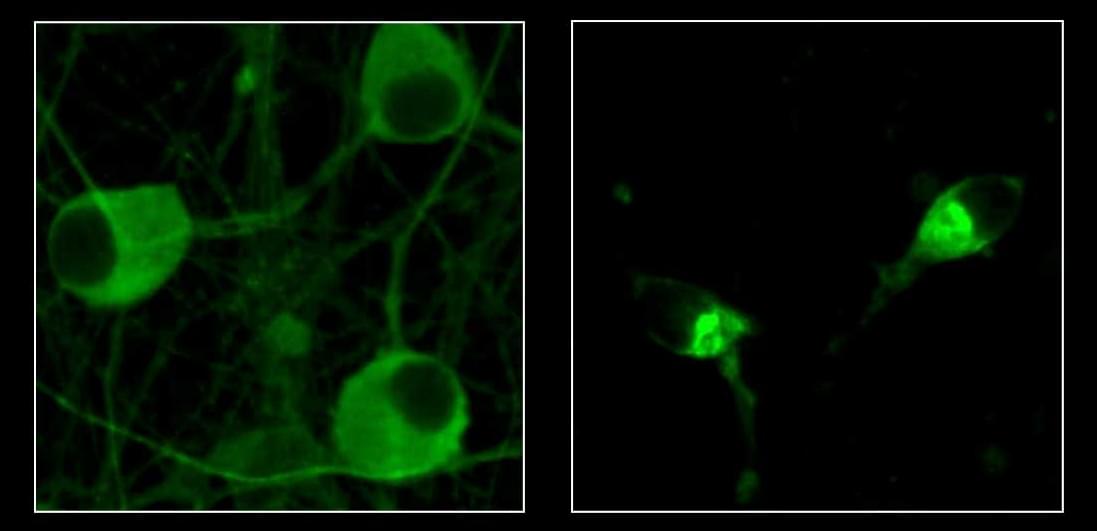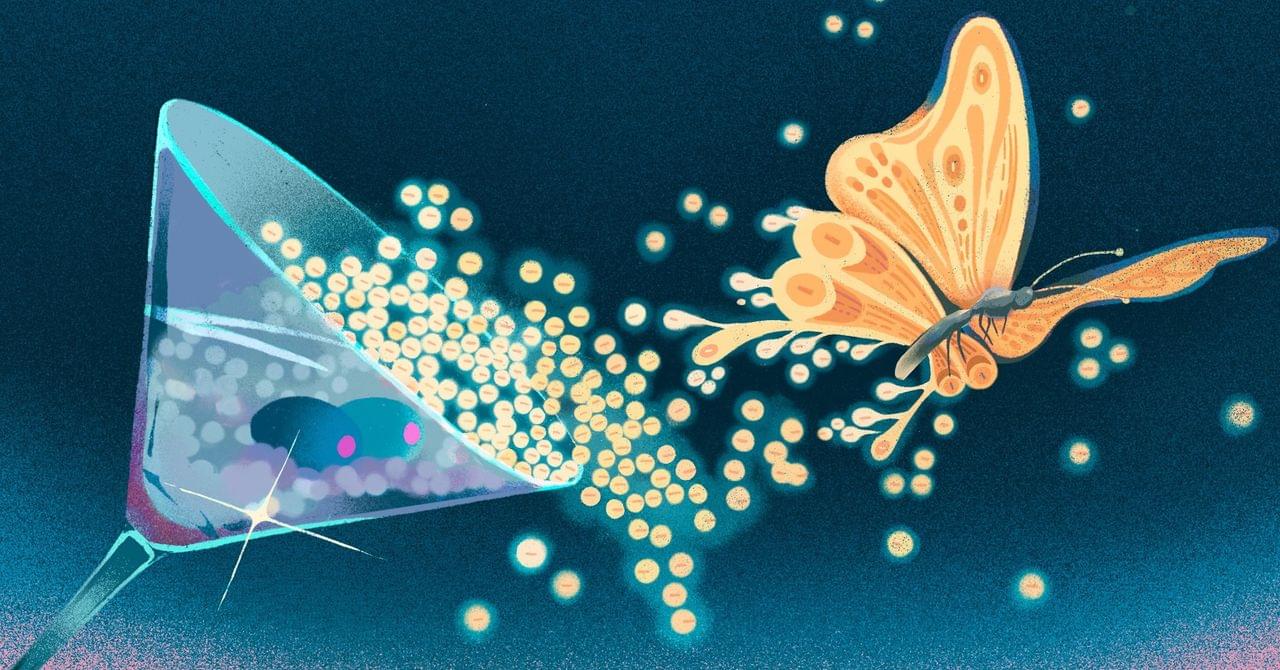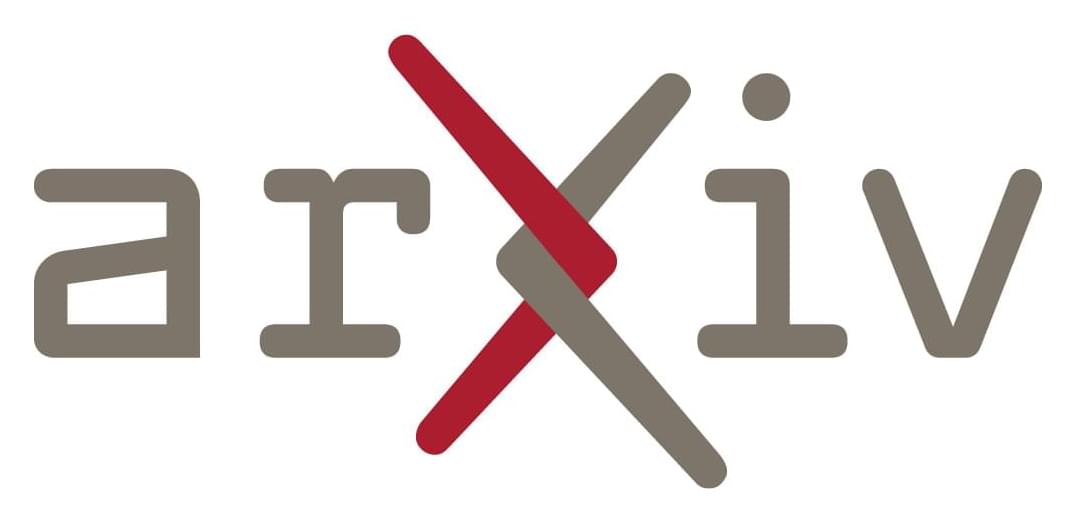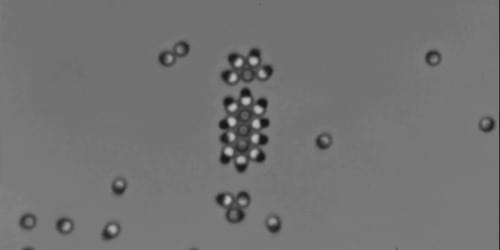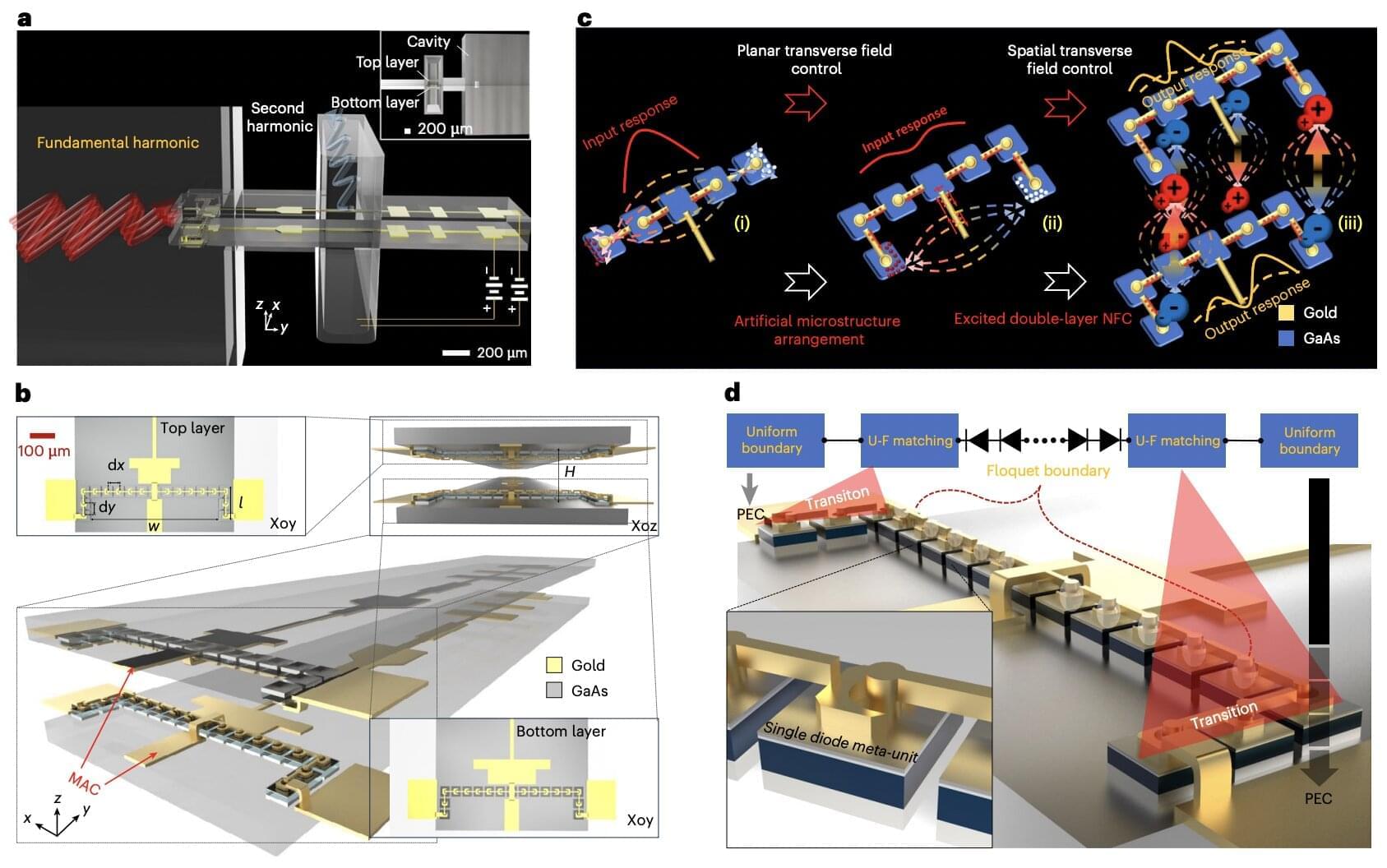In this paper, I explore the limitations of various modern philosophical approaches to Chalmers’ Hard Problem of Consciousness, highlighting how the MVT/absent Primal Eye framework offers a compelling explanation for the qualitative nature of experience. We invite you to read these findings and share your thoughts on this intriguing intersection of philosophy and consciousness.
(https://www.academia.edu/144710257/Problems_with_modern_Philosophical_Solutions_to_Chalmer_s_Hard_Problem_of_Consciousness_and_how_the_loss_of_the_Primal_Eye_in_early_evolution_seemingly_gave_rise_to_waking_and_sleeping_Subjectivity)
Posthuman University Journal, October, 2025.
Materialist reductions fail to bridge the Explanatory Gap, functionalism fails to capture qualia, dissolutionism fails to account for phenomenal reality, and panpsychism collapses under the weight of the Combination Problem. The MVT/ absent Primal Eye philosophical framework seems to successfully explain the qualitative nature of experience without either denying its existence or creating an equally intractable set of metaphysical mysteries.
